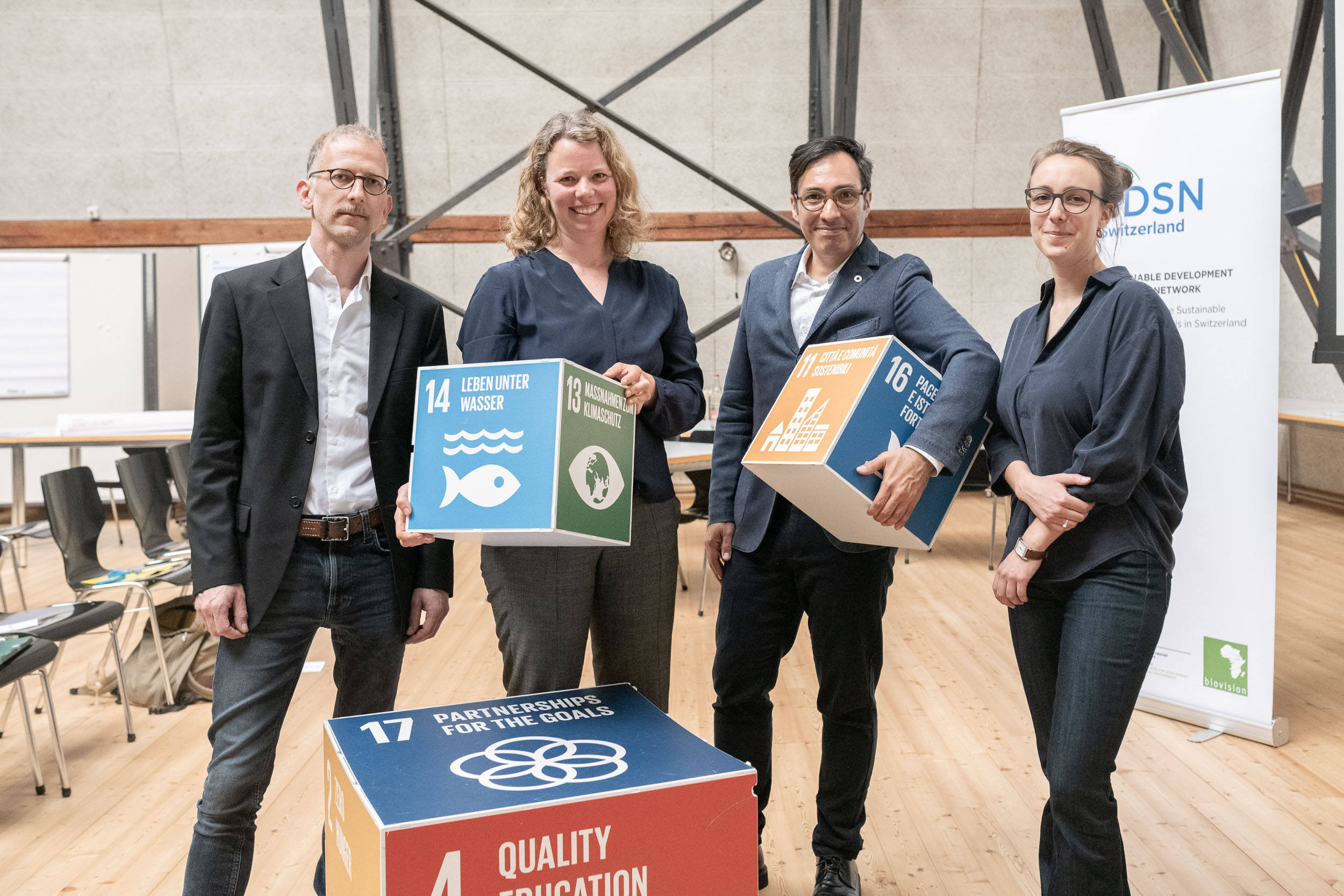
Measuring progress towards the SDGs
Universität Bern, Hauptgebäude Hochschulstrasse 6, Bern, SchweizA Road to Bern event in collaboration with the Swiss Federal Statistical Office
Since the adoption of the 2030 Agenda for Sustainable Development and the Sustainable Development Goals (SDGs) in 2015, significant progress was made with regards to analyzing the progress of its implementation. A formal system has been put in place under the High-Level Political Forum (HLPF) to which UN member states are regularly invited to submit voluntary national reviews. Furthermore, the UN Secretariat is producing its official Sustainable Development Goals Report, building on indicators identified by the Inter-agency and Expert Group on Sustainable Development Goal Indicators (IAEG-SDGs). At the same time, new approaches are emerging and some initiatives have established new indices or approaches to monitor and assess progress towards the SDGs.
SDSN Switzerland and the Swiss Federal Statistical Office hosted an event in the context of Road to Bern, to present and discuss different tools and initiatives analyzing progress towards the achievement of SDGs at national, regional and global levels. These comprise on the one hand the formal processes of different monitoring systems at global (e.g. the SDG indicators established by the IAEG-SDGs) and at national levels (e.g. the MONET 2030 indicator system). These also include all kinds of assessments of the progress towards the SDGs, such as the Sustainable Development Index (SDI) developed by Dr. Jason Hickel, the SDG Index and Dashboards developed by SDSN Global, the Global Sustainable Development Report (GSDR), and the Voluntary National Reviews (VNRs).



